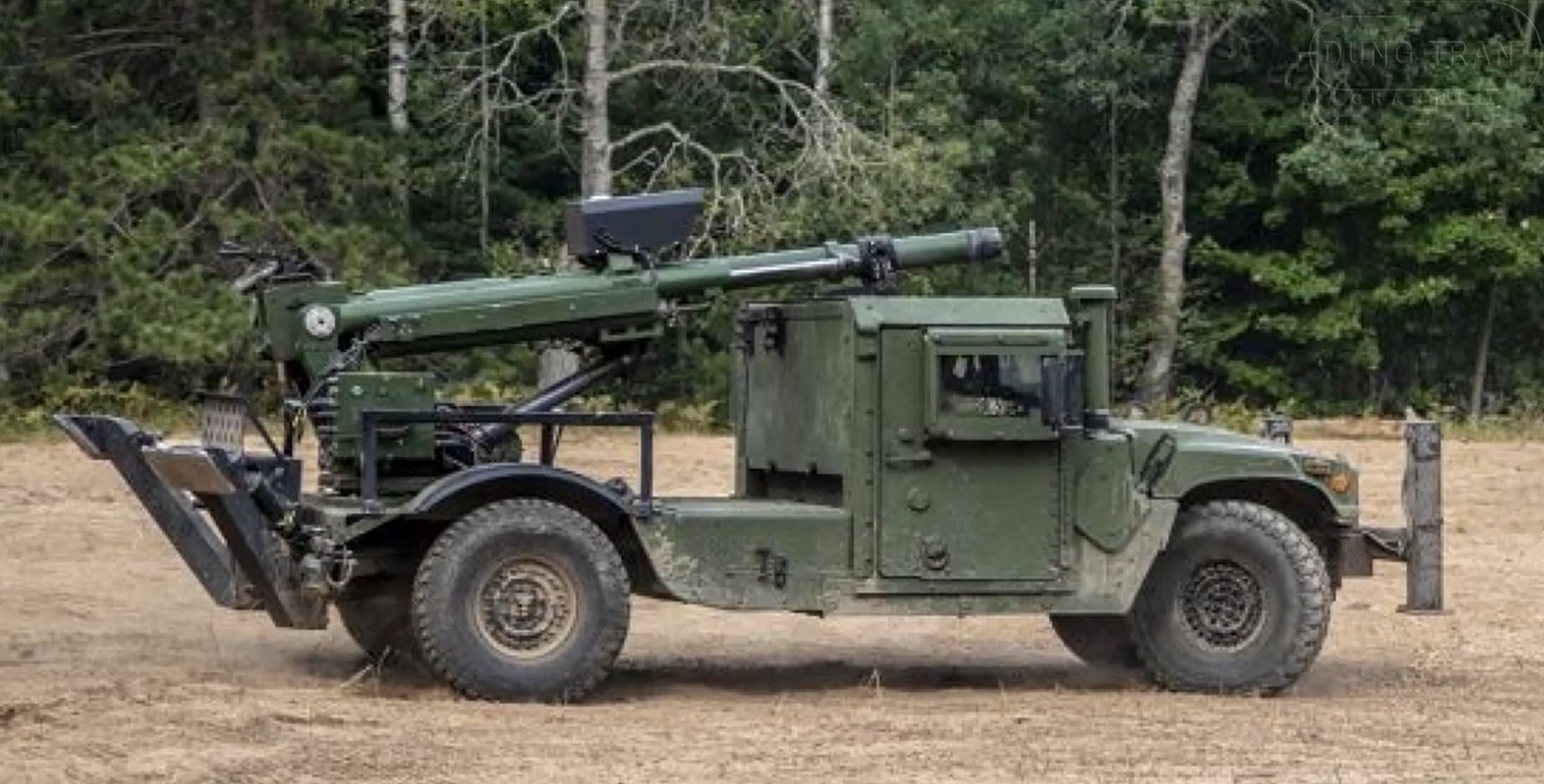Remotely delivered mines have transformed the landscape of modern warfare. The ability to deploy these mines from a distance not only enhances the safety of military personnel but also allows for more strategic placements. Crucial to their effectiveness is the timing mechanism that controls their detonation. In this article, we will delve into the complexities and innovations surrounding the timing of remotely delivered mines.
Understanding Remotely Delivered Mines
The concept of remotely delivered mines involves deploying explosive devices in a specific area without the need for direct human involvement. These mines can be delivered via different platforms, including aircraft, artillery, and unmanned ground vehicles. The primary advantage of this method is the ability to secure areas that are otherwise inaccessible or too dangerous for personnel to mine manually.
Importance of Timing Mechanisms
The timing mechanism in remotely delivered mines is fundamental to their effectiveness. It ensures that the mine activates at the appropriate time, maximizing its impact and minimizing the risk to friendly forces. Typically, these mechanisms can be programmed to detonate after a set period or upon detecting certain environmental triggers.
Types of Timing Mechanisms
There are several types of timing mechanisms used in remotely delivered mines:
- Time-Delay Mechanisms: These are preset to detonate the mine after a specific duration. This type is beneficial in creating obstacles for advancing enemy forces.
- Remote Control Mechanisms: Operated by personnel from a safe distance, these allow precise control over the timing of the detonation based on real-time situational awareness.
- Environmental Triggers: These mechanisms activate upon detection of certain conditions, such as pressure changes, sound, or motion, ensuring the mine detonates at the most opportune moment.
Technological Advancements in Timing Mechanisms
Recent advancements in technology have significantly enhanced the accuracy and functionality of timing mechanisms in remotely delivered mines. Key developments include:
- GPS Integration: Incorporating GPS technology allows for precise geographical coordination, ensuring that mines are deployed and activated exactly where needed.
- Smart Sensors: Advanced sensors can detect a range of environmental cues, providing the flexibility to adapt to various combat scenarios.
- AI Algorithms: The use of artificial intelligence helps in predicting enemy movements and optimizing the timing of detonations to maximize damage while minimizing collateral risk.
Table: Key Specifications
| Feature | Description |
|---|---|
| Deployment Methods | Aircraft, Artillery, Unmanned Ground Vehicles |
| Timing Mechanisms | Time-Delay, Remote Control, Environmental Triggers |
| Technological Enhancements | GPS Integration, Smart Sensors, AI Algorithms |
Practical Applications
The implementation of advanced timing mechanisms has expanded the practical applications of remotely delivered mines in various combat scenarios:
- Defense Against Advancing Forces: Using time-delay mechanisms to create barriers that slow down or redirect enemy movements.
- Securing Hazardous Areas: Deploying mines with environmental triggers in regions where direct human intervention is impossible, providing strategic control over these zones.
- Supporting Special Operations: Remotely controlled mines can be used to support covert operations, allowing operators to detonate mines at precise moments without exposing their positions.
Challenges and Considerations
Despite the benefits, there are challenges associated with the use of remotely delivered mines. These include:
- Unintended Consequences: There is always a risk of mines causing unintended damage to civilians or friendly forces.
- Environmental Impact: Long-term environmental damage can result from unexploded ordnance.
- Technological Failures: Reliance on technology means that any malfunction can result in failed missions or accidents.
Mitigating these risks requires rigorous testing, comprehensive training for operators, and adherence to international regulations governing the use of landmines.
Future Prospects
The future of remotely delivered mines is likely to see further integration of advanced technologies, including greater use of automation and machine learning. Researchers are also exploring ways to make these mines more environmentally friendly by developing self-deactivating mechanisms or mines that can be safely disarmed remotely.
In conclusion, the timing mechanisms of remotely delivered mines play a critical role in modern military strategy. As technology continues to advance, these devices will become more efficient, precise, and adaptable to the complex demands of contemporary warfare.









